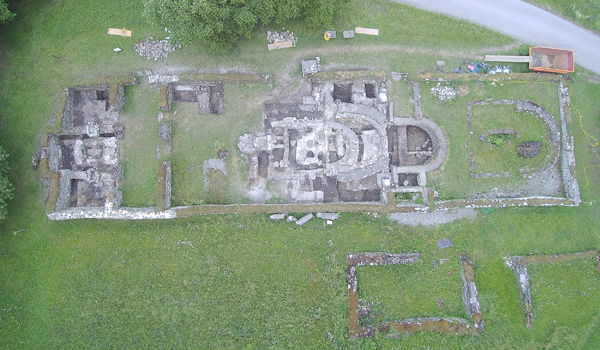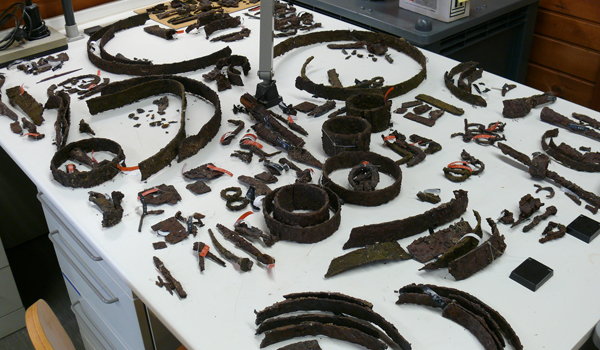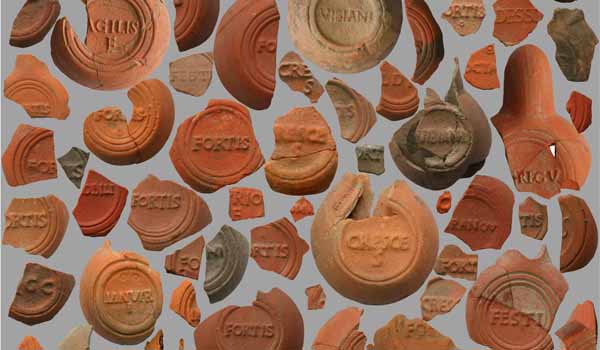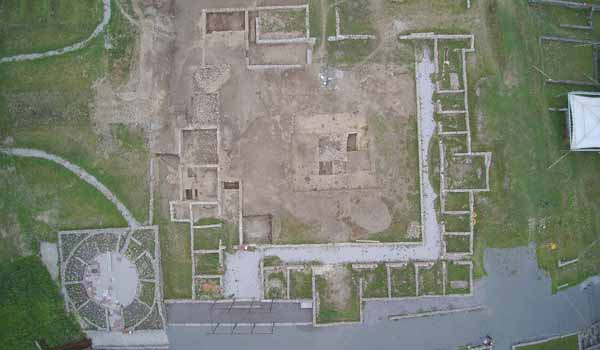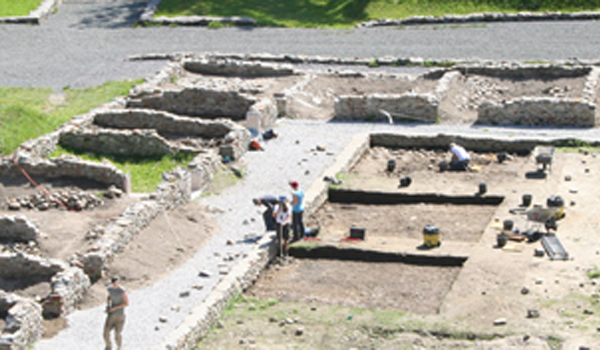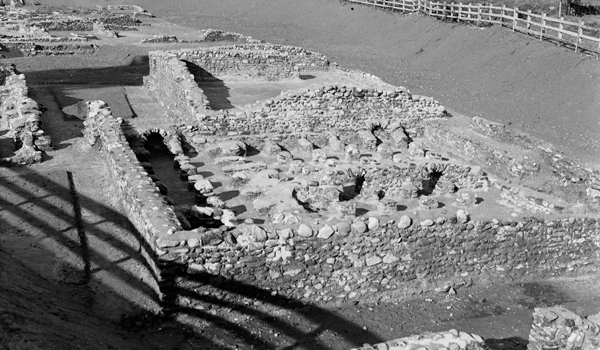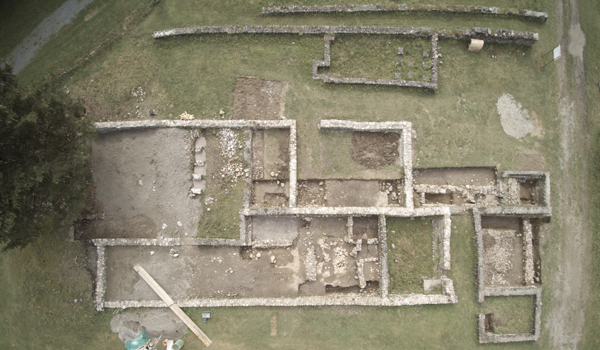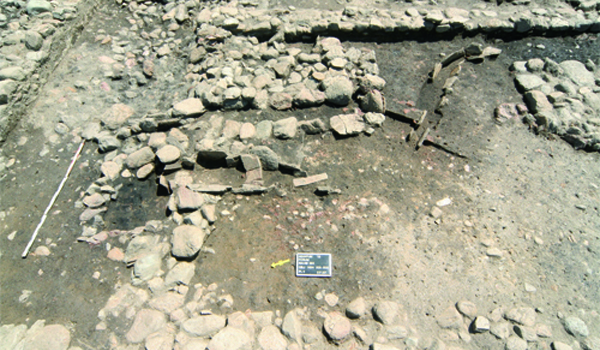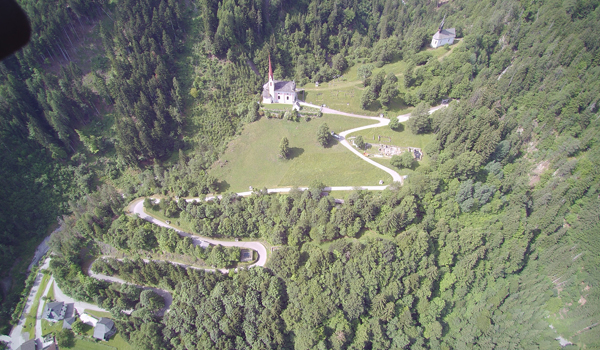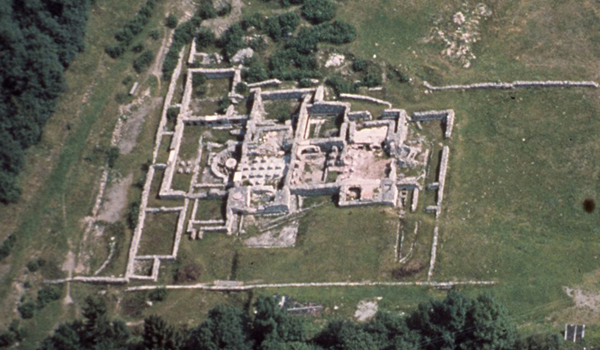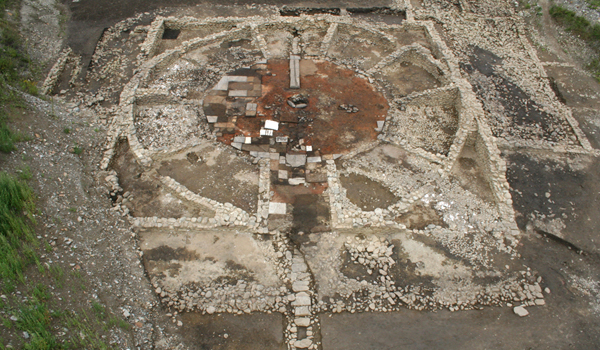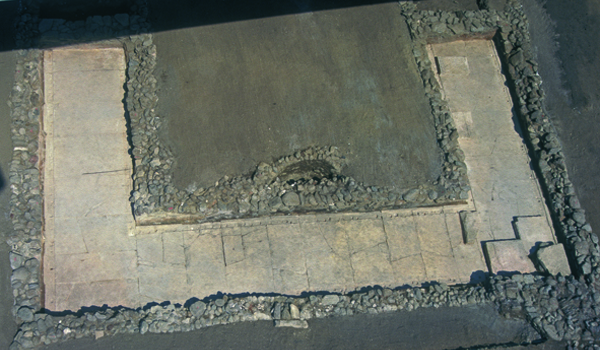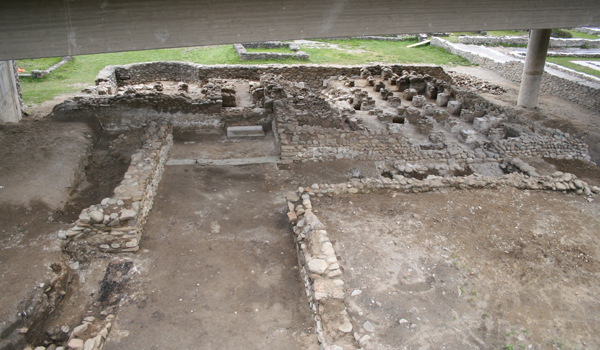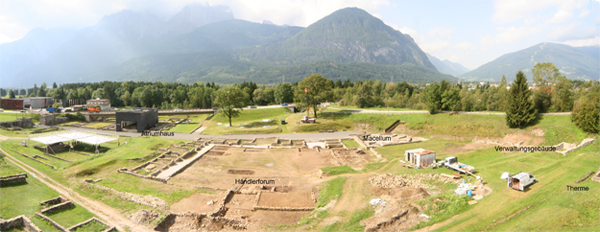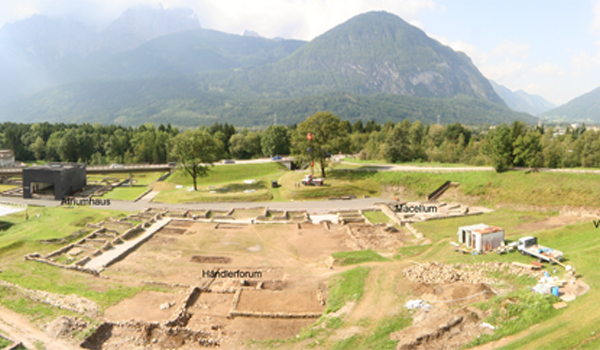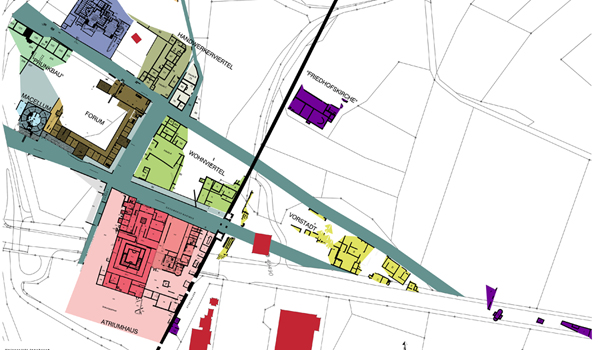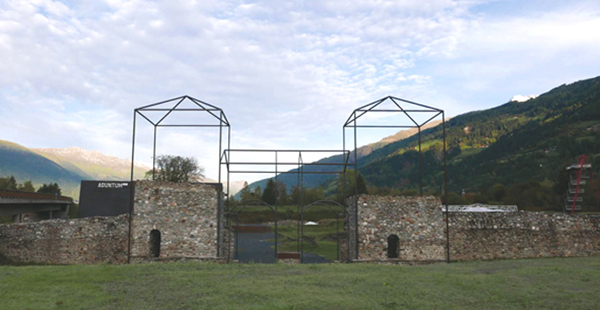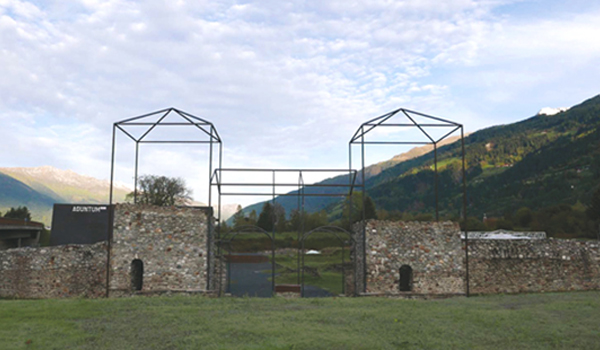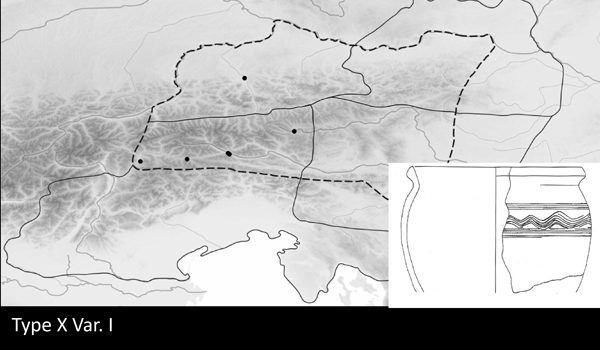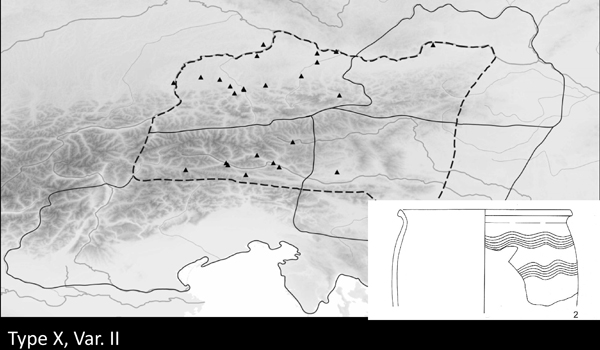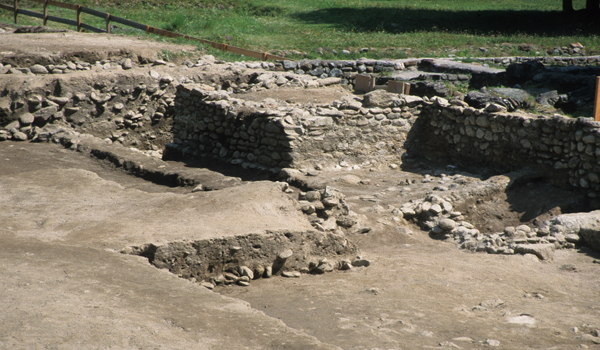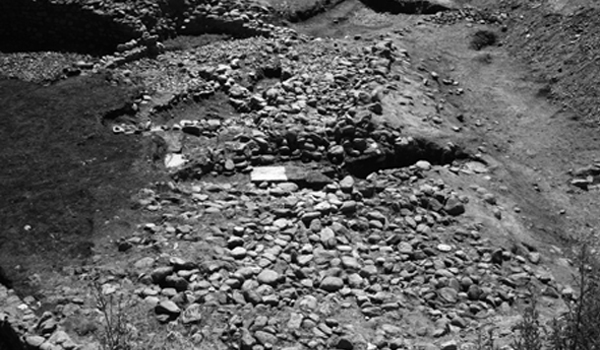Aguntum
Research | Public relations | Teaching | Summer School
General Information
The Aguntum Summer School - Archaeological Field School offers students of classical and ancient study programmes to participate in the excavation of the Roman town of Aguntum, in courses on the history of the Eastern Alps as well as to join excursions to the most exciting find spots in the region.
The practical work at the excavation site includes the uncovering, description and measurement of archaeological findings, their recovery and initial careful cleaning as well as the further processing and interpretation of the materials and findings. Accompanying courses on the current discourse in field archaeological methods as well as on the broader historical framework of the excavation site in Roman and late ancient times (1st to 6th centuries AD) are offered.
The Roman town of Aguntum has been known of since the early 20th century and there have been excavations there since 1912. Since 1991, the Department of Archaeologies at the University of Innsbruck has headed the excavations. As of 2021 the Summer School Aguntum is offered in addition.
The Excavation Site and the Excavation Project
The Municipium Claudium Aguntum received its town charter under Emperor Claudius. So far, the first traces of settlement in the town area being investigated date back to the beginning of the 1st century AD. In the context of receiving town ordinances and privileges, the town centre is further developed (forum, thermae) and a town wall is built. So far, however, there is only proof of it on the east side of the town and it appears to have been predominantly representative. The strong connection between the Roman Aguntum and the Mediterranean area is evident from the buildings known so far. In addition to the thermae, which can be traced back to Campanian examples, an atrium house based on Mediterranean models was also built in the 1st century AD. Since this type of construction had only limited suitability for the harsh climate of the Alpine area, first adaptations already took place one generation after its construction and more and more rooms in the building were equipped with heating. The geographical and economic proximity of Aguntum to the Mediterranean area is evident not only in the architecture, such as the circular macellum, but also in finds from the 1st century to late Antiquity which include many Mediterranean imports.
Alpine routes from the South to the North and the East to the West cross in Aguntum. Alpine resources such as mountain crystals were the basis of the town’s economy. During the excavations over the last few years, hundreds of rock crystals were found on the area of the forum, which prove the trade with this material. This raw material comes from the wider area of the town and after sorting and rough processing it was then used for trading.
Up until the 2nd century AD, the town achieved a certain level of prosperity, which was reflected in the brisk construction activity on the settlement area. After a major fire in the 3rd century AD, which according to the current state of knowledge cannot be associated with an act of war, a phase of change begins. The public buildings increasingly lose their function and are converted into living spaces and workshops. At the same time, especially in the 4th century, numerous renovations in private buildings were carried out, and with the construction of an extra muros church – a church outside of the town walls - at the same time, the strong influence of the Christian religion is now tangible. Aguntum remained a town until the 5th century AD at least, but it lost its importance. In the written tradition, Aguntum played an important role for the last time in 610 AD, when a decisive battle between Baiuwarii and Slavs for supremacy in the region is said to have taken place in the area around the town.
The ongoing excavations focus on the trade and administrative centre of the town. With our work in the trading forum and the adjoining administrative buildings, we hope to obtain further information on the economic basis of the imperial town, as well as on the transformation process of the settlement which started immediately after the fire
